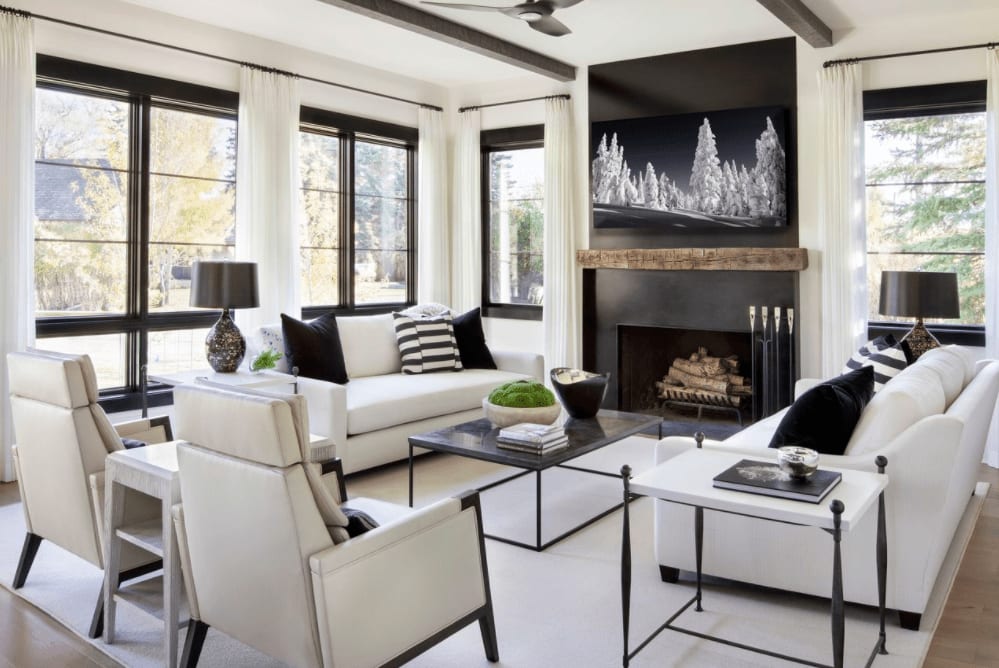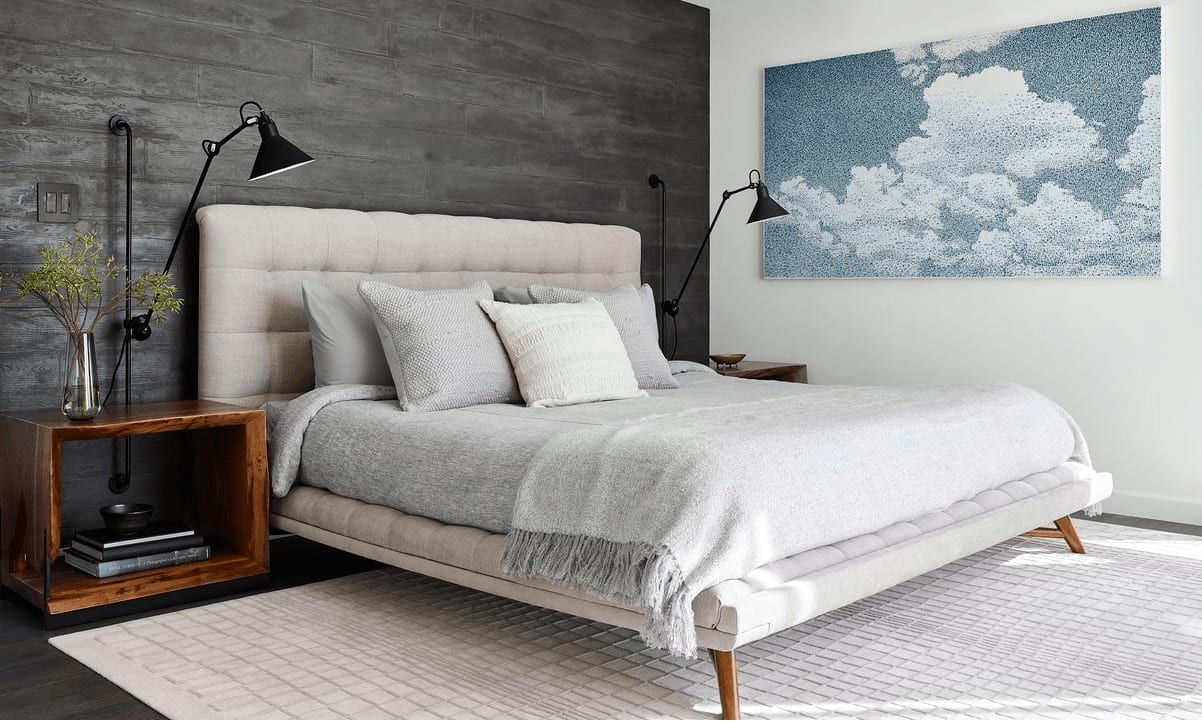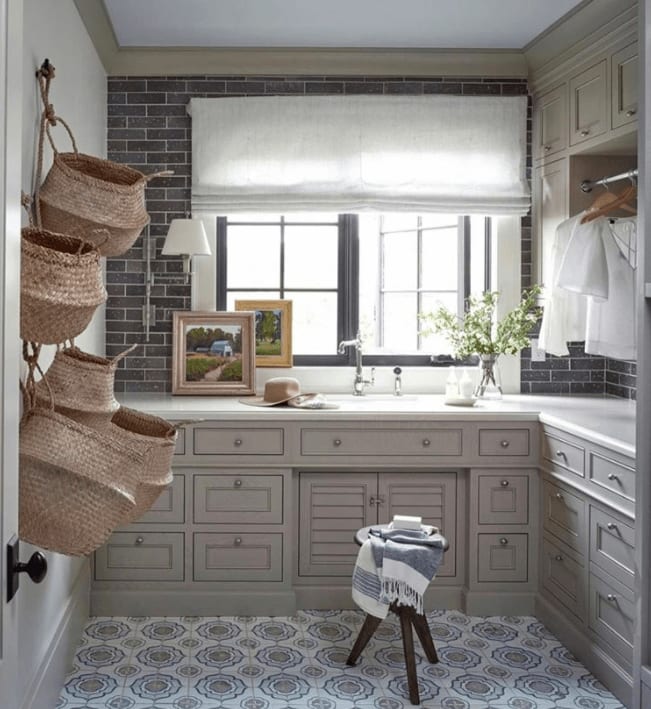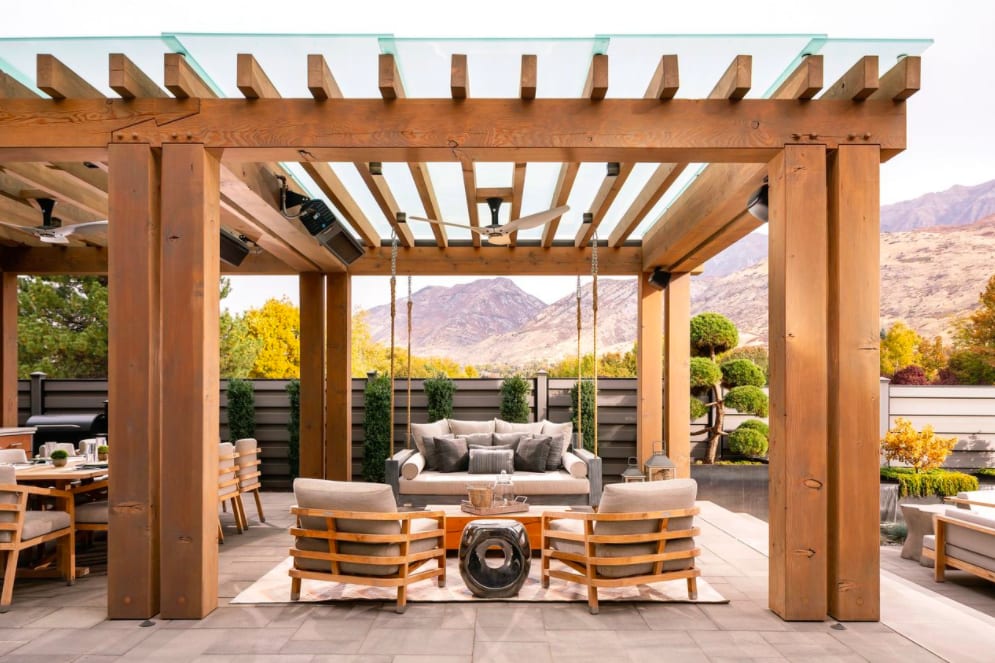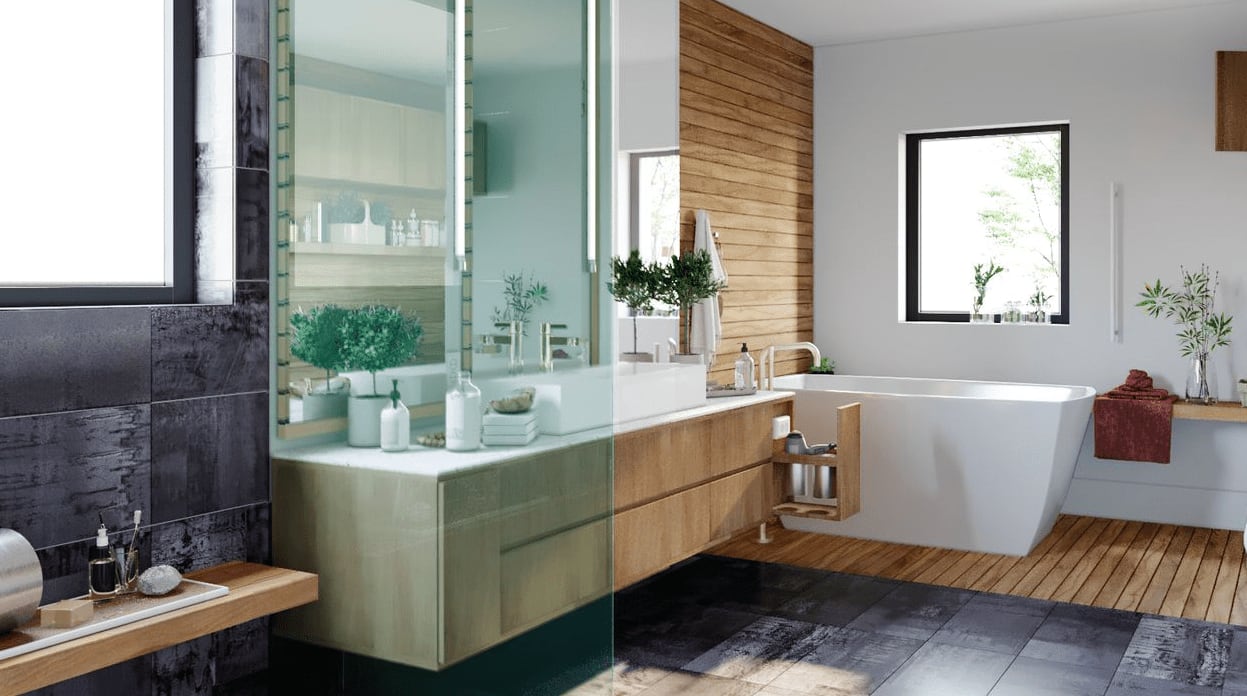Click here to access full article:
There is an upside to spending more time at home: researching your dream house, down to the cabinet handles.
To decipher what dream home means in a global-pandemic world, Mansion asked the editors of three house-centric websites—Houzz, Decorilla and The Real Houses of IG—to identify their most popular images from the first half of the year. We examined photos that home-décor followers are clicking, liking and scrolling through to better understand today’s trends.
The verdict? It’s in the details.
People simply have more time and are going to greater lengths to plan out, and to seek inspiration for, their dream home, says Kate Rumson, founder of The Real Houses of IG, a home-and-design Instagram account with 2.4 million followers. Many are in the process of building their homes, she adds, and they are committed to making perfect choices, no matter how small. Questions about wall colors, window treatments and furniture that appear in the background of photos she posts are frequent fodder. “My followers do care about every detail,” she says.
These days, many are ushering in brass-adorned kitchen cabinets and high-contrast living rooms, and are rethinking office areas. They seem to be saying goodbye to the all-white kitchen, acoustically challenged open-floor plan and unequipped outdoor space.
Homeowners want versatile, well-lighted spaces that are soundproof and can be closed off from the main living area, perhaps via sliding or pocket doors.They are interested in the notion of separable space—having the option to be part of the living space, says San Francisco-based architect William Duff. In some instances, families request two or more nooks to accommodate quiet areas for everyone in the home, including children needing space to do classwork. In past projects, he says, home offices were set up in a spare bedroom as an afterthought.
Overall, construction costs in 2020, to date, are $700 to $900 a square foot, compared with $600 to $800 in 2018 for high-end homes, says Mr. Duff. “People may spend more money on elements of their homes because they are valuing them in a different way,” he adds.
He says homeowners are upping spending on areas that don’t have a wow factor for visitors. They want top-of-the-line HVAC systems, in an effort to make indoor life safer and more comfortable. Other choices are solid-wood doors for quiet, and custom, built-in storage throughout for more space.
Ms. Rumson has noticed increased interest on her Real Houses Instagram account for utilitarian spaces, including the laundry room, mudroom and walk-in pantry. These private areas are getting a makeover for the benefit of families, not guests, she says. Daring wallpaper choices, funky floor tiles and thoughtfully chosen wall sconces or chandeliers help these smaller areas feel more playful.
“They are spending a lot of time in those rooms, and they want to make them functional and beautiful,” she says.
Meanwhile, the dream kitchen is getting more down-to-earth. Popular photos show soft greens and browns, with wood accents that complement brass or mixed-metal fixtures. Light-colored oak shelving is another common accent.
“All-white is less popular,” says Ms. Colby, whose site now has more than 20 million images. “People are leaning toward a two-tone or three-tone kitchen.”
San Francisco interior designer Caitlin Flemming designed a two-tone kitchen that was popular for its simplicity. She used Farrow & Ball’s Pigeon paint for some of the brass-adorned cabinets, then installed a plain white quartz countertop instead of one in veined marble. “It is all flowing together; sometimes marble can be a little distracting,” Ms. Flemming says.
Bathrooms are getting their own updates by blending neutral colors with interesting textures to make small spaces seem bigger, says Stephanie Fryer, a Newport Beach, Calif., interior designer.
In one of Houzz’s most popular photos, Ms. Fryer hung a painting above the toilet and expanded the shower tile to the entire bathroom to create a cohesive modern space. “It makes it more like a room than just where to use the toilet,” she says.
When it comes to dining areas, homeowners are focusing on statement lighting or modern wood elements that give a polished feel and set the spaces apart visually from the kitchen, adds Devin Shaffer, lead designer at Decorilla, a company that offers 3-D renderings and product suggestions.
Average project costs rose to $1,205 this year, to date, compared with $990 in 2019, because people are renovating more rooms, he says.
Living and dining areas are using high-contrast black or blue elements, says Ms. Colby. The wall color has switched from darker hues to simple whites.
The pandemic is influencing the outside of the dream home, too. Favored outdoor spaces have décor and lighting that wouldn’t be out of place indoors. Covered cooking areas with built-in grills, fire pits with comfortable seating and dining areas are making it easier to relax or to work outside.
“The patio and the deck are really just another room in the house,” says Ms. Colby.
Many homeowners are asking for easy-to-open walls that can create indoor-outdoor spaces to bring in fresh air and make it easier to entertain during a pandemic, adds Mr. Duff.
For most families, the idea of a dream home shifts with their values and goals, adds Lindsay T. Graham, a researcher at University of California Berkeley’s Center for the Built Environment.
“That notion of I’m going to do this once and it’s going to be done is kind of a misnomer,” she says. “We grow, so our spaces are going to grow.”
Tips for How to Handle a Labor of Love
Decades after falling in love with California wine country, Gordon Rudow, decided to build his dream home in Napa. It took four years to perfect the 4,000-square-foot, prefabricated, modular 1950s design—at a cost of $4.75 million. He offers tips on organizing the process:
Start with a concept. Mr. Rudow, working with Jennifer Jones, founder of Niche Interiors in San Francisco, had what he called his brand words—luxury eco-resort spa—to guide the design process. “Every choice we made, we shared the same filter,” says the leadership consultant.
Decide on must-haves. Rudow and his wife, Sophia Rudow, who live with their two school-age daughters, opted for natural wood throughout. It took months for them to find a hypoallergenic couch without MDF elements, and a latex mattress. They also installed a $100,000 water-filtration system.
Customize. For the Rudows, it was about perfecting form and fit. The couple went so far as to measure the length of their thighs to tailor built-in seating around the fire pit; custom indoor couches conformed to the same measurements. The team also studied the sun to determine the best angle for the outdoor canopy. “We belabored every one of those measurements and geeked out on them,” he says.
Write to Alina Dizik at [email protected].
